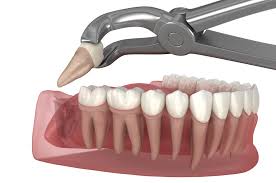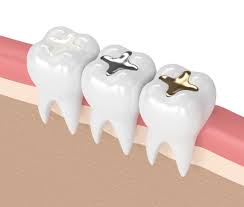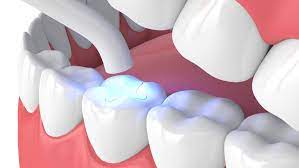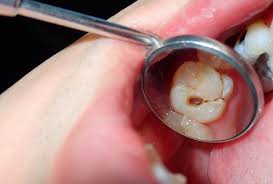Tooth pain after a filling can be likened to a battlefield where two forces collide—the invasive foreign material (the filling) and the natural structure of the tooth. Just as a kingdom resists an outsider’s rule, so too does the tooth, reacting with sensitivity and pain. It is no surprise that many individuals experience severe discomfort after a filling, as the tooth adjusts to the new reality imposed upon it. However, nature offers remedies that soothe this inner turmoil, much like a diplomat who arrives to settle disputes peacefully.
The Clash Between Natural and Artificial
Imagine a house built with wood and stone for years. It has stood firm, enduring storms and seasons. Now, suddenly, a new metal door is installed in place of the traditional wooden one. The hinges creak, the frame shudders, and the entire structure seems to resist this change. This is exactly what happens when a tooth undergoes a filling. The natural dentin and enamel are accustomed to their own composition, and when an artificial material is introduced, the nerves inside the tooth react defensively, causing pain and discomfort.
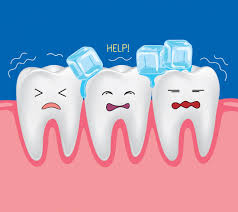
Nature’s Healing Touch
Fortunately, just as a house can be reinforced with oils and treatments to prevent creaking, natural remedies can help alleviate tooth pain after a filling. Clove oil is like a skilled craftsman who knows exactly how to mend a fragile structure. The compound eugenol within clove oil acts as a natural anesthetic, pacifying the nerves in distress. Simply dabbing it on the affected area is akin to applying a soothing balm on a battle wound.
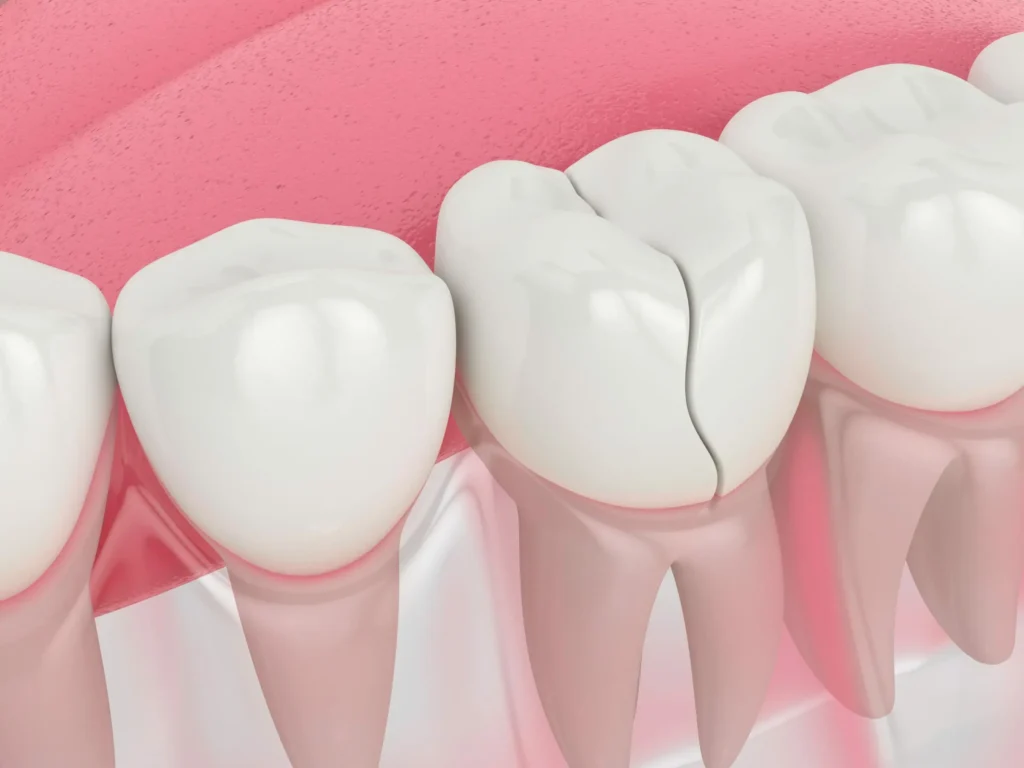
Similarly, placing whole cloves in the mouth can be compared to planting trees in a desert; over time, they release their essence, nourishing the land and providing relief. The slow softening of cloves in the mouth mirrors the way nature gradually heals what is broken, ensuring a gentle yet effective remedy.
The Fire and Ice of Home Remedies
Another powerful remedy is the combination of red pepper and ginger. This duo is like fire and ice, working together to forge resilience. Red pepper, with its capsaicin content, acts as a warrior that distracts the nerves from pain by overwhelming them with a different sensation. Meanwhile, ginger plays the role of a wise sage, reducing inflammation and strengthening the body’s natural defenses.
By rolling a small ball of this paste and placing it on the painful tooth, one effectively enlists the help of these two natural forces. It is like setting up a protective barrier around a wounded soldier, ensuring that the pain is mitigated and the healing process is expedited.
The Consequences of Misuse
Just as medicine in excess can turn into poison, misusing home remedies can lead to adverse effects. If clove oil is applied too frequently, it may cause irritation rather than relief. Similarly, overusing red pepper might make the pain worse rather than better. This is much like an army that overextends its forces—what was meant to protect ends up causing more harm.
Tooth fillings, though necessary, can disrupt the natural balance of our oral ecosystem. The pain that follows is a testament to the body’s resistance to foreign intrusion. However, by harnessing the wisdom of nature—through clove oil, whole cloves, and the red pepper-ginger paste—we can ease this discomfort effectively. Just as diplomacy prevents prolonged war, these natural remedies can bring about harmony between the tooth and its new filling, allowing one to smile without the shadow of pain looming over.
In the end, whether it’s a house, a battlefield, or a kingdom, adaptation takes time. With the right support, the pain can be eased, and the body can embrace the changes, restoring balance and comfort once more.

